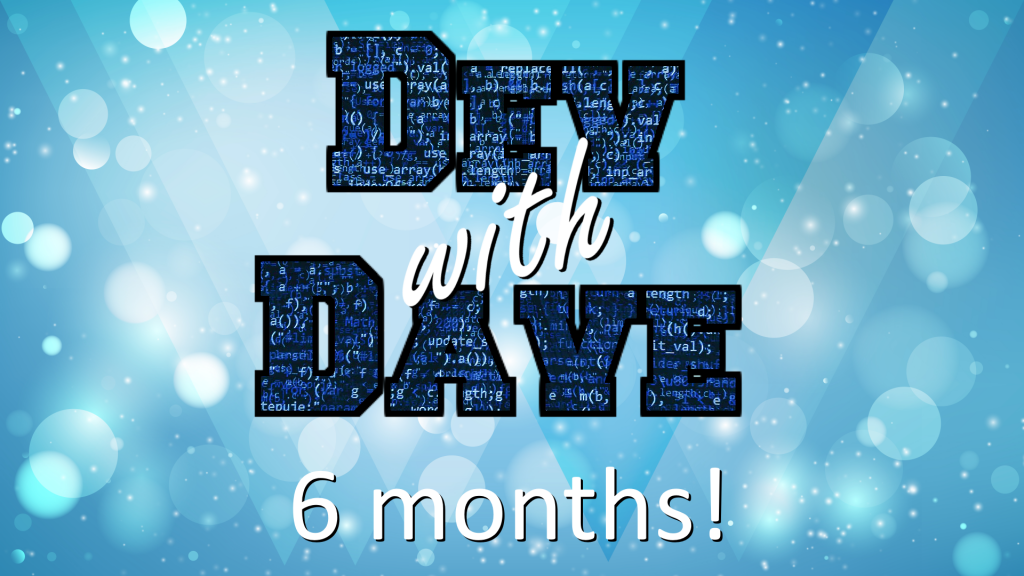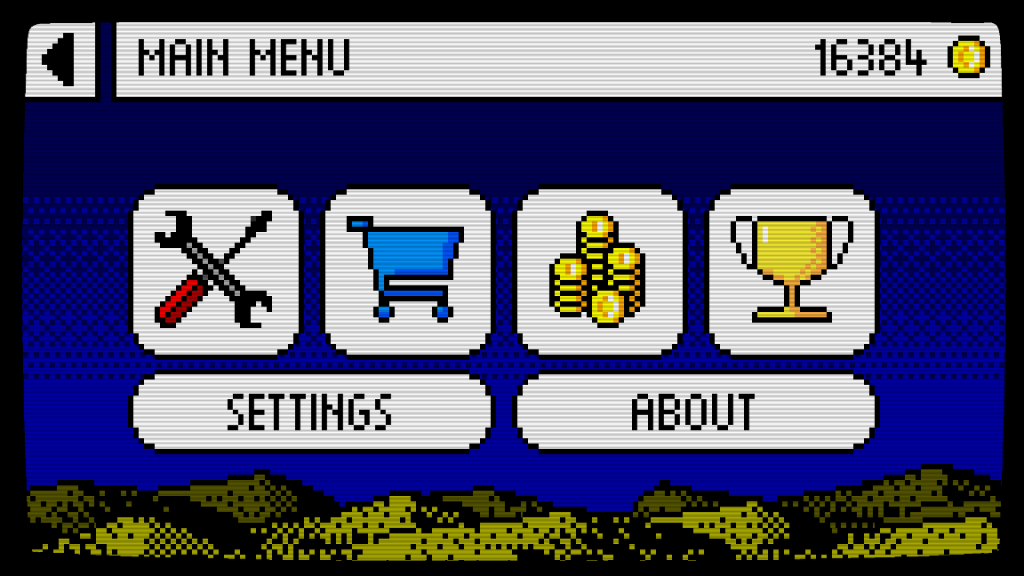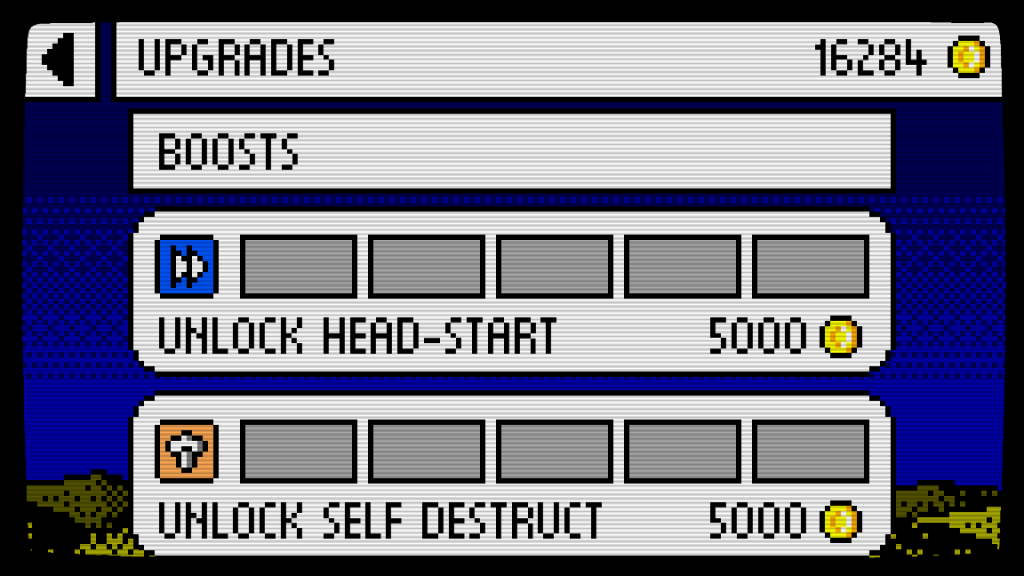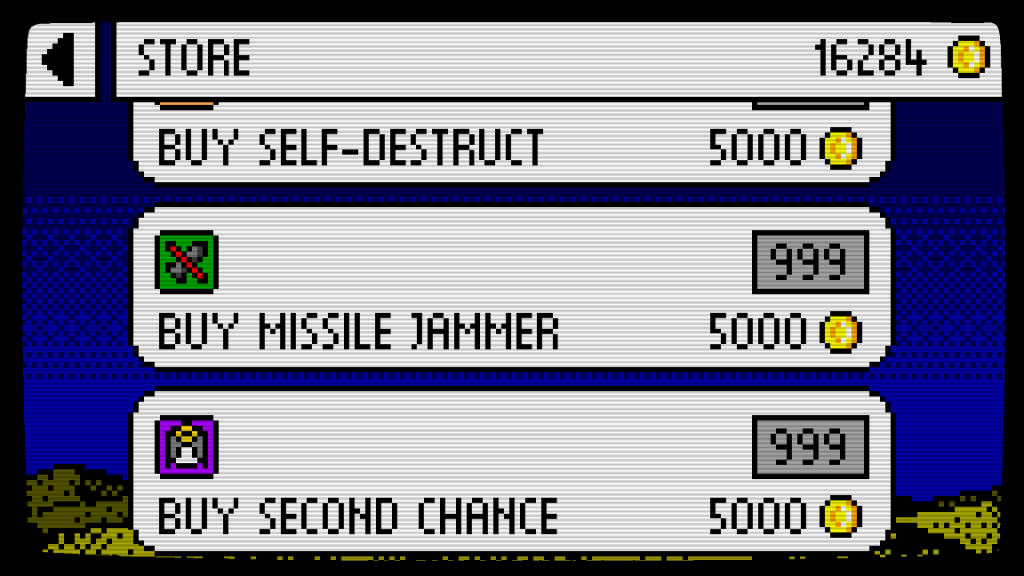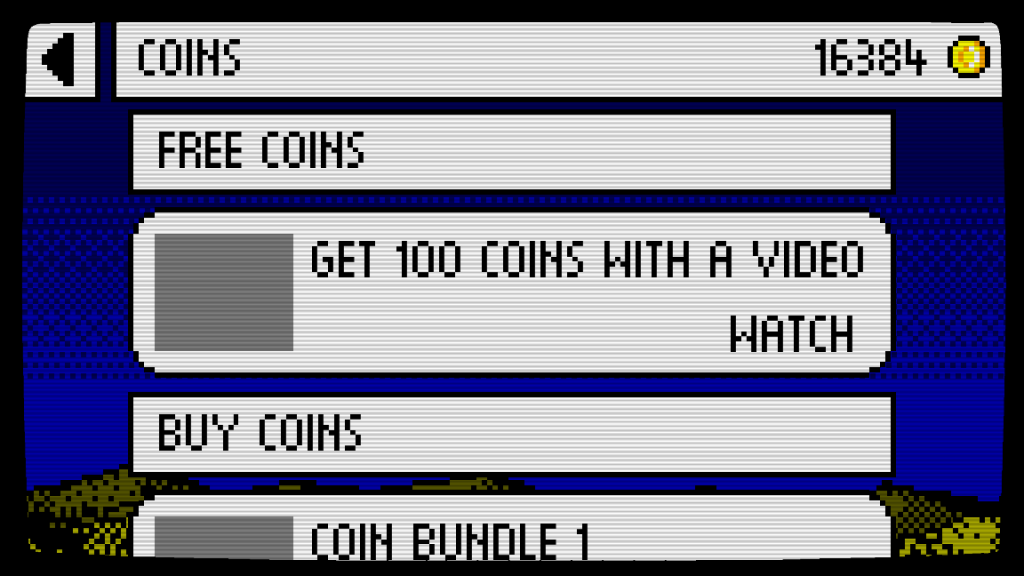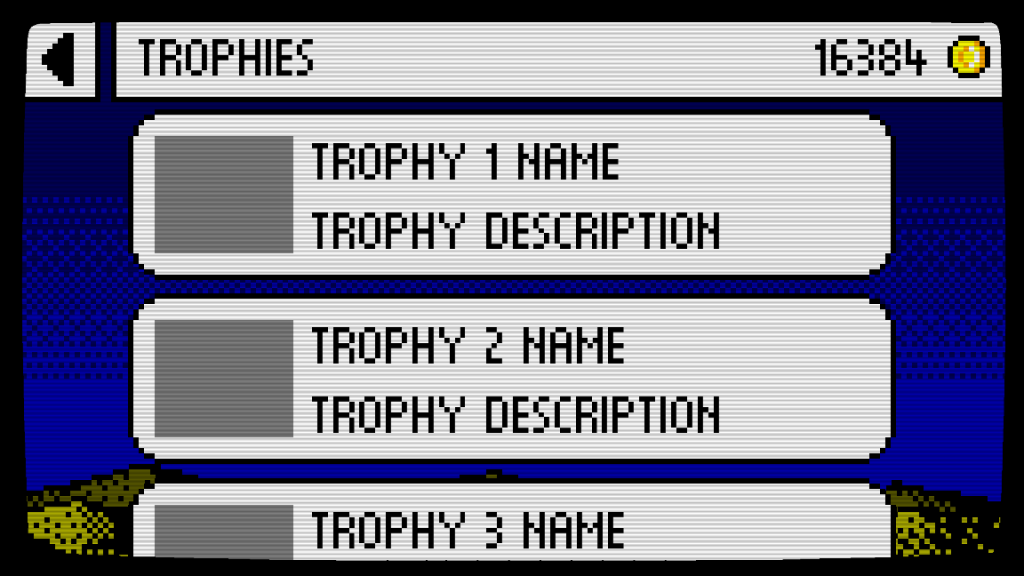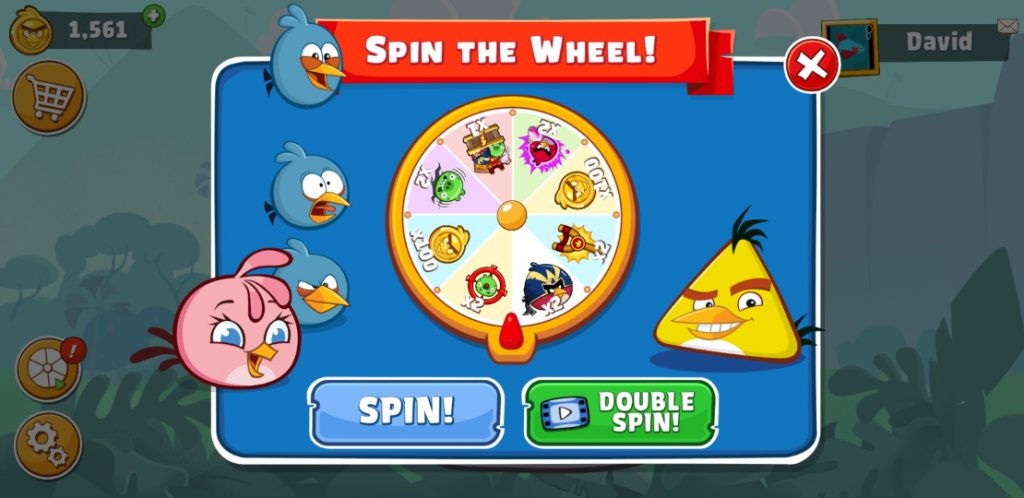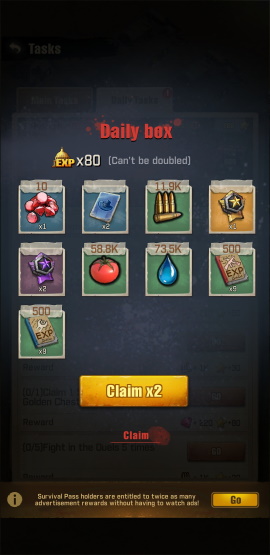Promote your game using Facebook >
Promotion
In this post I’m going to be talking about some of the ways to put your game in front of potential players.
I’ll cover each thing in more detail in upcoming blogs, but I wanted to just give you a brief rundown of them today.
I’d also like to take this time to say that there isn’t a “one size fits all” solution to promoting your game, some strategies work with some games, other strategies work with others.
Knowing your audience
Knowing who your ideal user is makes getting your game in front of them a lot easier. Spend some time thinking about your ideal user – their age, sex, location, interests etc.
I find it works best to create your game with your ideal user in mind, rather than creating a game and then trying to determine who your ideal user would be.
Having a “Customer Avatar” (a representation of your ideal user) can save you a lot of time and potentially expensive mistakes. If your game is aimed at teenage girls who like kawaii fashion, k-pop and tiktoks; then you’ll be wasting a lot of effort and resources by trying to build an audience for it on Twitter. In the same way that if your game was aimed at middle aged men who enjoy catching fish, then using TikTok to promote it would probably be unsuccessful.
The more you know about your ideal customer the better.
Social Media
Posting on social media is a great way to raise awareness, as well as building an audience of fans who love your game.
When trying to grow an audience on Social Media it’s important to have a strategy again. It’s highly unlikely that posting random content at random times will produce the results you are looking for.
Use your customer avatar to decide which type and style if content would appeal to your ideal user, as well as what social media platforms to post it onto.
Regularly posting content which appeals to your ideal user is the best way to grow an audience for your game for very little money.
Adverts
Advertising is another solid method to grow an audience for your game.
You can use adverts to help grow your audience on Social Media, to build more of a buzz about your game prior to release, as well as to get people to download your game when it is released.
I highly recommend learning more about how your chosen advertising platform works before you start running adverts, as it is very easy to waste your budget and not see any returns if you just jump in feet first with no clue as to what you’re doing.
As with Social Media, there are a variety of different advertising platforms, each showing ads in different place and formats.
Game Expos and Fairs
I know it seems hard to remember what with the last 12 months of lockdowns and social distancing, but Computer Game Fairs are a great place to show off your game and connect with audiences.
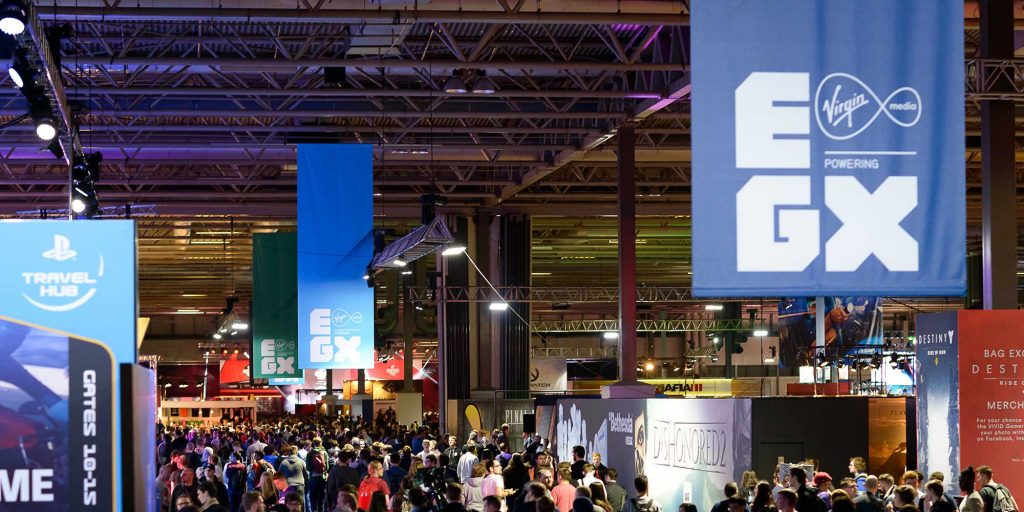
Having a stall with a couple of PCs or Consoles where players can try out your game is a great way to not only introduce new players to your game, but also get some face to face feedback.
You could also create some merchandise to sell or give away.
Obviously you might have to wait for the pandemic to be over before this option becomes viable again.
Some final thoughts
As I said earlier, there isn’t a One size fits all solution to marketing your game. It may take you several attempts before you start to see positive results. Remember to set clearly defined goals, and monitor how well (or not) your attempts are doing.
Some things to watch out for though, NEVER ever ever pay for likes or installs. These are often not genuine, and will often have negative consequences. I would rather have an audience of 1000 genuine users who interact with my posts and play my game, than 10000 fake users who never do anything.
I’ll be covering each one of these subjects in more depth in later blogs, so stick around 🙂 Either bookmark the site, or follow me on Social Media 🙂
Promote your game using Facebook >



